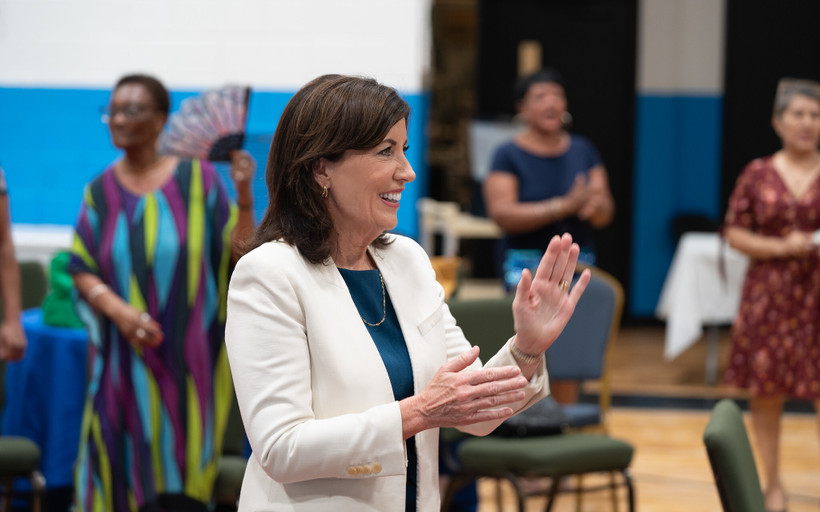Death at Rikers: How NYC Judges Fueled the Swelling Jail Population
An analysis by New York Focus and Gothamist/WNYC reveals the judges who set bail most frequently, driving up the jail population as it entered crisis.
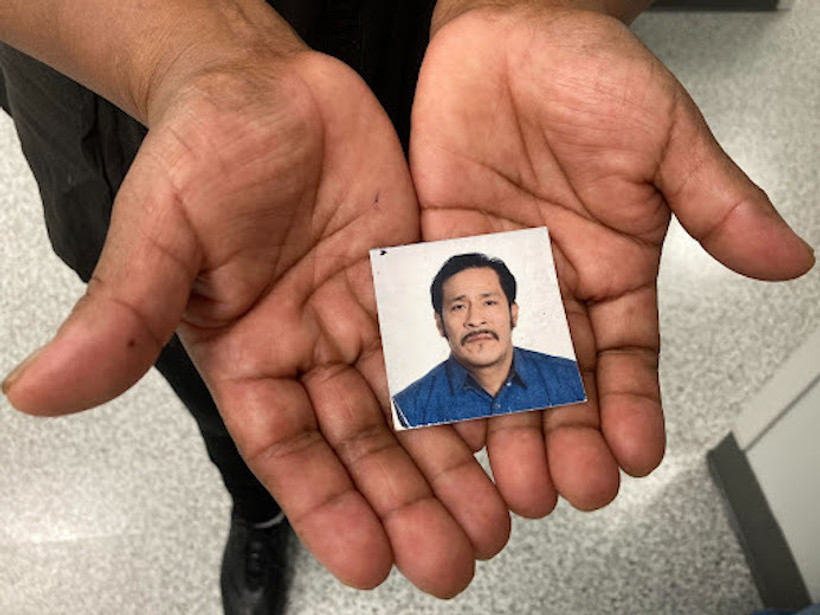
This article is part of a joint reporting project from New York Focus and Gothamist/WNYC.
This article is part of a joint reporting project from New York Focus and Gothamist/WNYC.
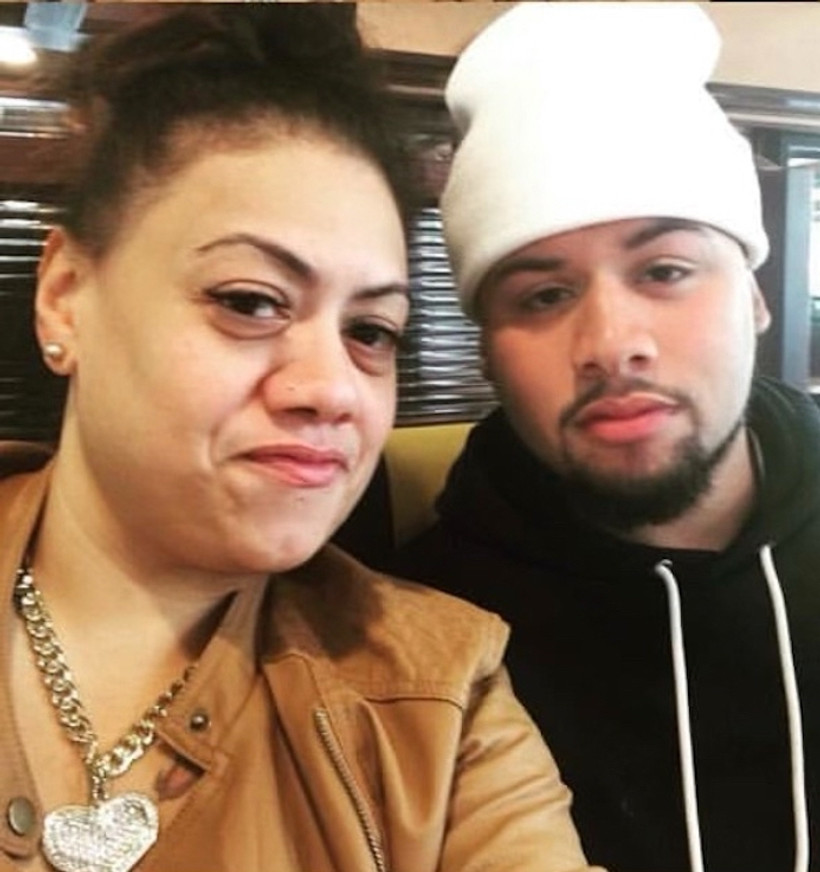
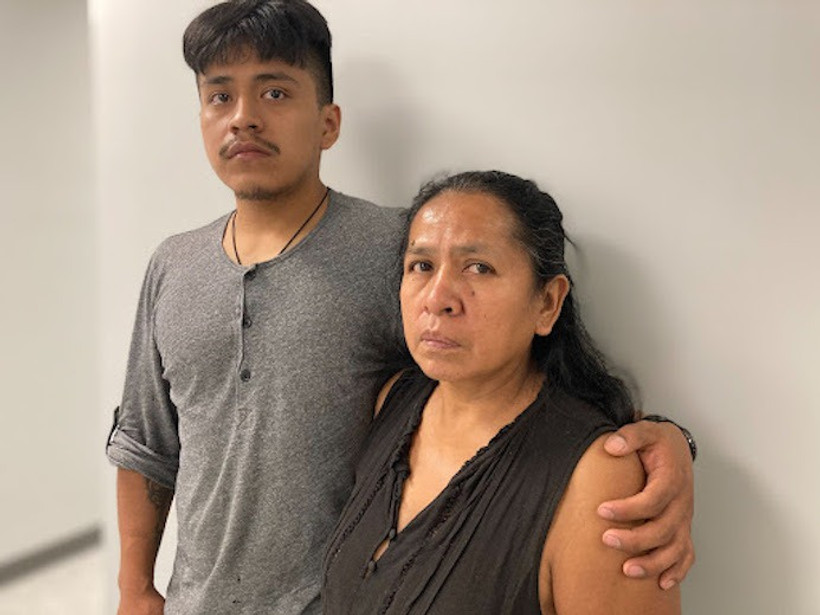
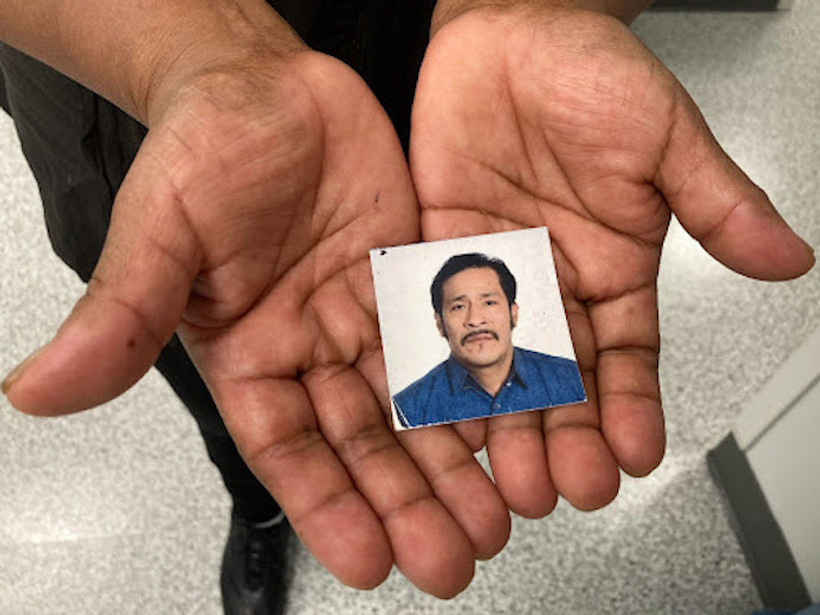


Great Meadow and Sullivan prisons are slated to shut down in November. The state could close up to three more over the next year.
More counties are turning to private corporations to run medical care in jails. The companies have deadly track records.
Joseph Moran has long faced accusations of dishonesty — even from fellow officers — records show.
After the governor declined to answer questions, a New York Focus reporter was ejected from her event.
The constant gridlock is a major drag on Manhattan’s businesses, and source of frustration for commuters. And it’s never been so bad.
Lawsuits had threatened to kill congestion pricing. Now, it might take a lawsuit to save it.

